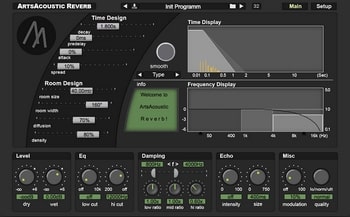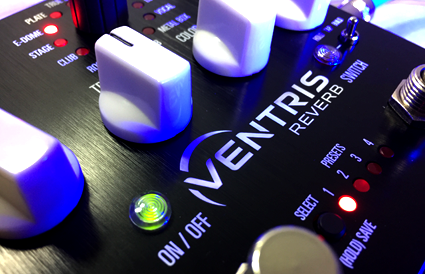
On its higher setting, Pristine, it can be quite CPU intensive therefore, you can opt for the Basic mode, which will save you some CPU usage. First, you have a resolution parameter that controls the level of the algorithm inside Crystalline. The depth panel is where you can start adding interesting effects and processes to make your reverb tone more unique. It lets you set a threshold that determines when the reverb comes through. The frequencies below this focal point will remain in mono, so you can push the higher frequencies to the sides without compromising your reverb impact. The sides parameter lets you set a frequency focal point.

The damping parameter will use an EQ to tame the reverb’s top-end, making it darker and warmer. This is where you can sculpt your reverb tone through various EQ, Gate, and Imager processors. Finally, the width will determine how narrow or wide the reverb sound is. Use it right, and you’ll add a third dimension of clarity to your lead vocals. This is one of the features that make Crystalline sound excellent on vocals.

The second parameter, sparkle, will add air to your reverb by boosting its high-end. It comes with five different modes which determine the size of your space. The first parameter is size, which I’m sure you’ve seen in all reverb plugins. The first one is reflections, a place to tweak the overall character of your reverb. Crystalline’s interface is slick and divided into five panels.


 0 kommentar(er)
0 kommentar(er)
